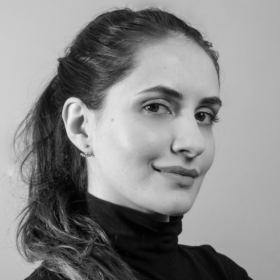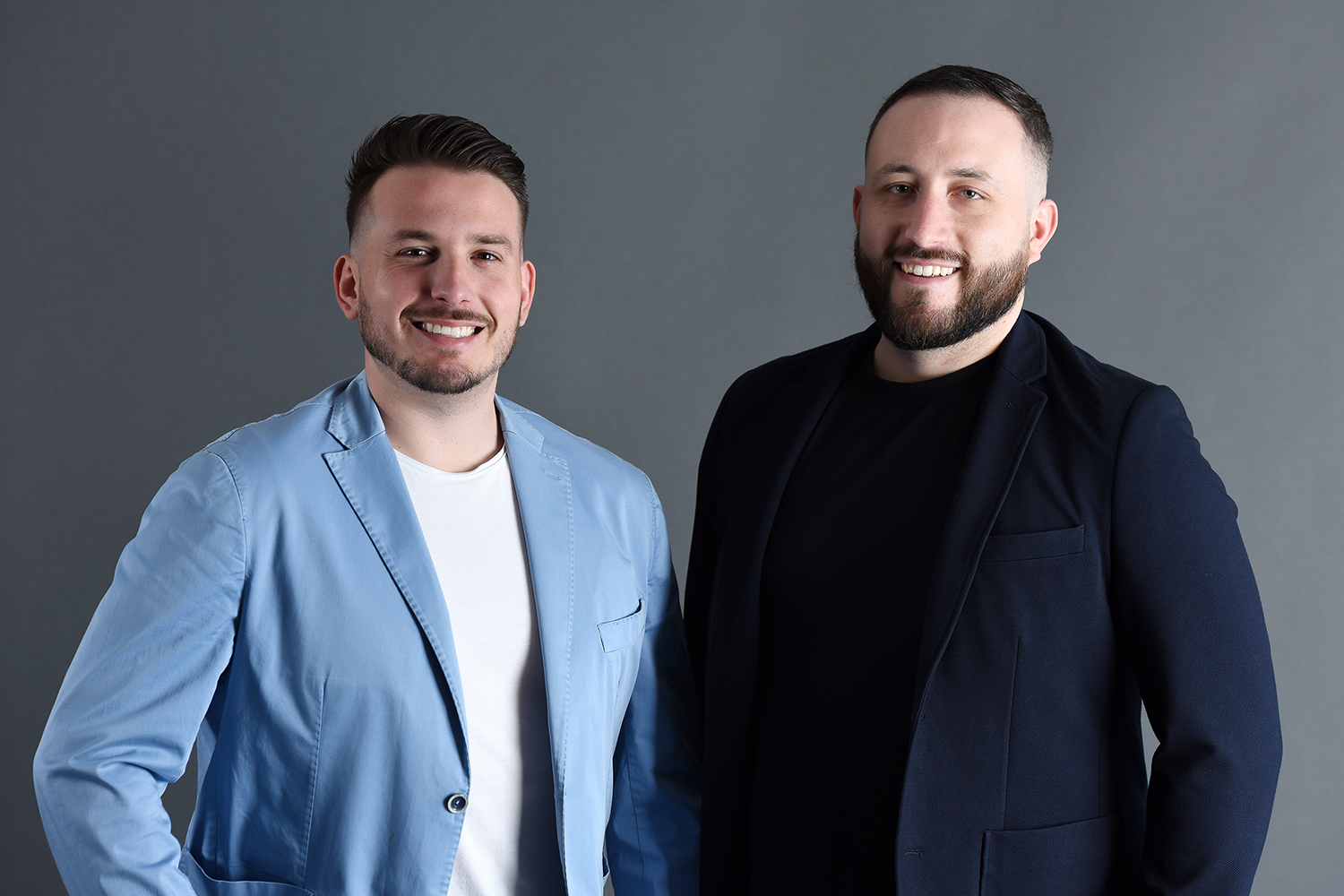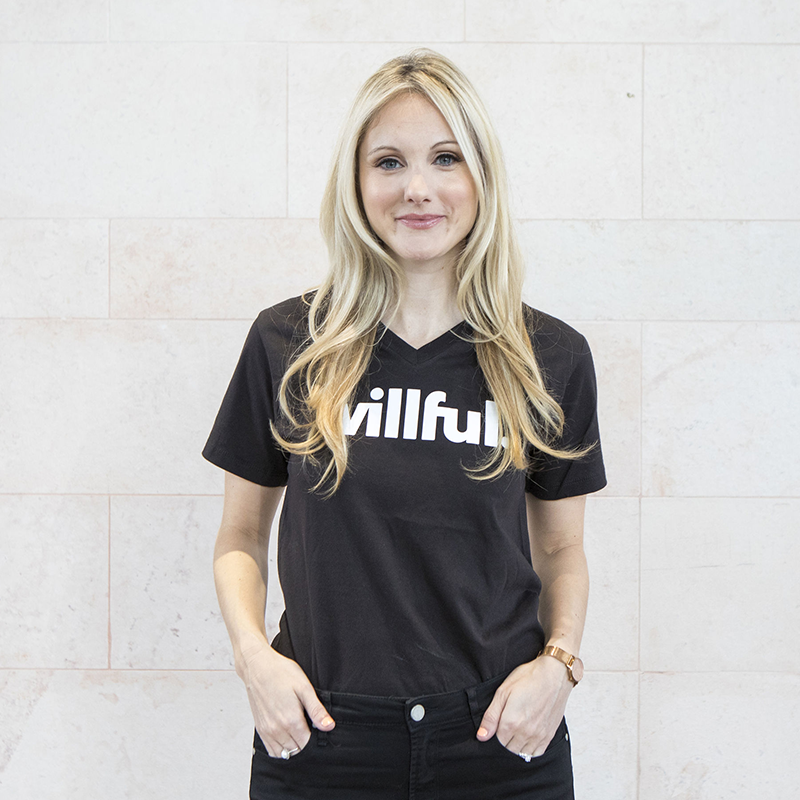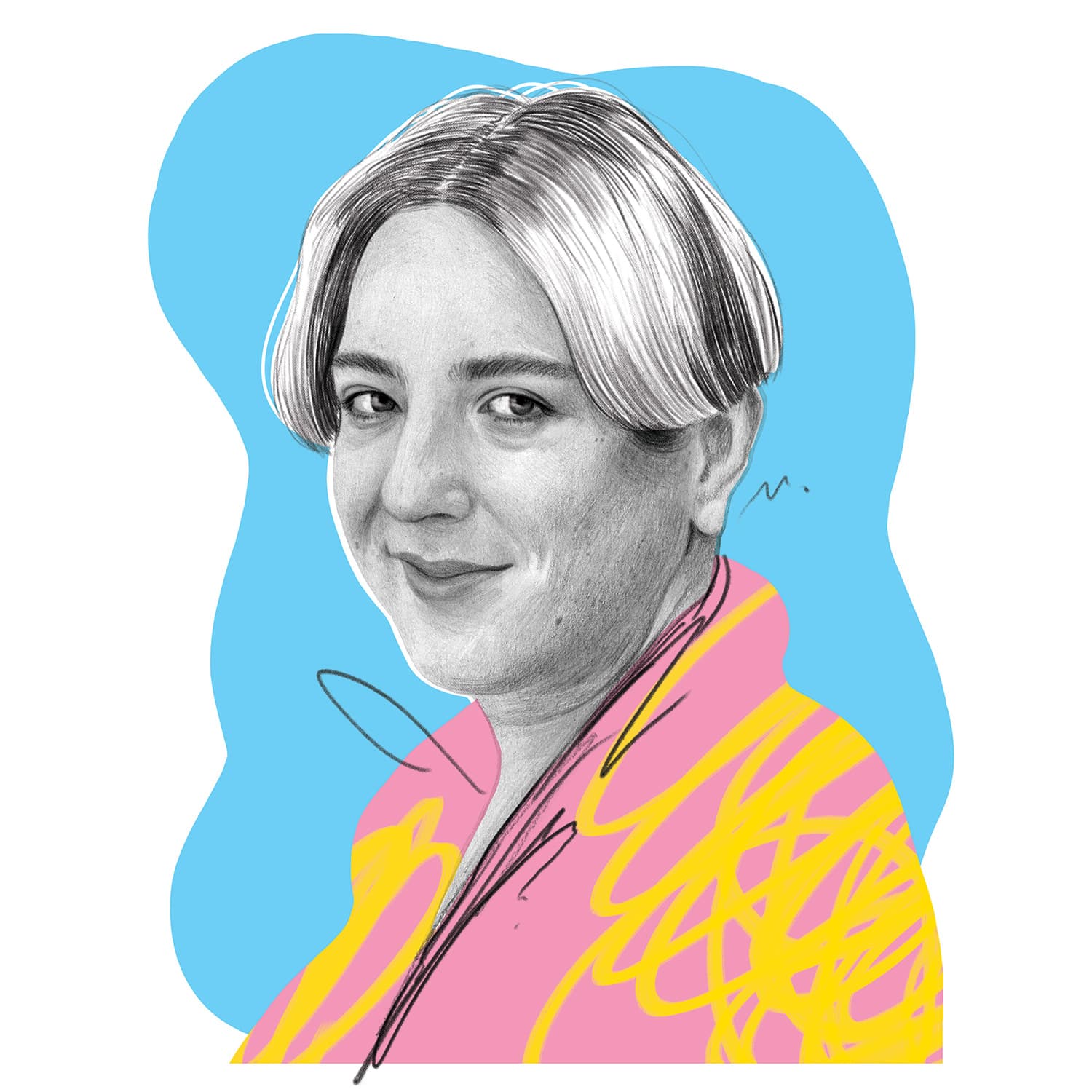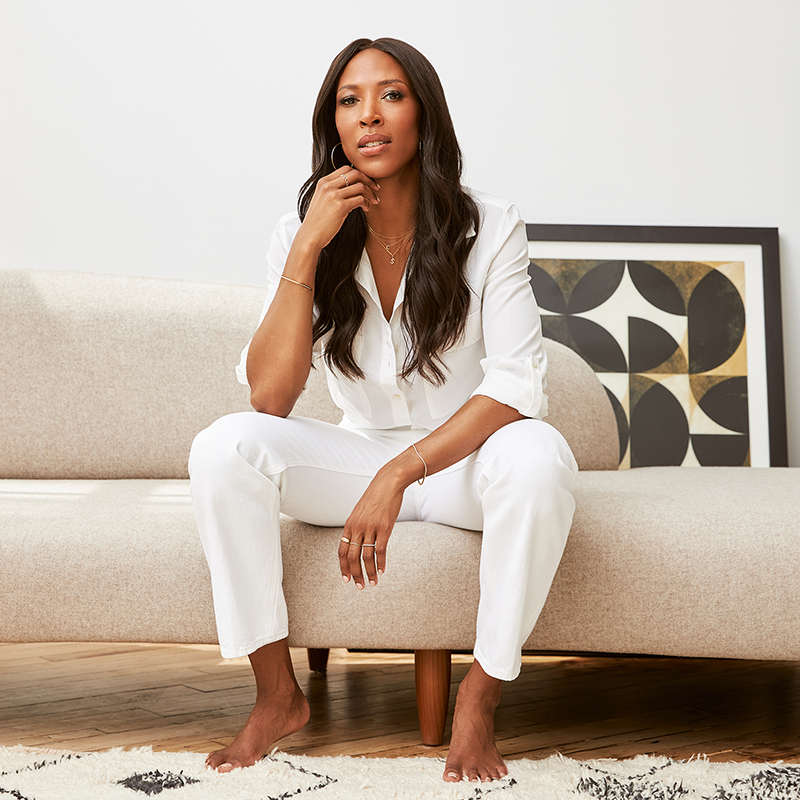Sara Koonar Knows the Power of Social Media Influencers
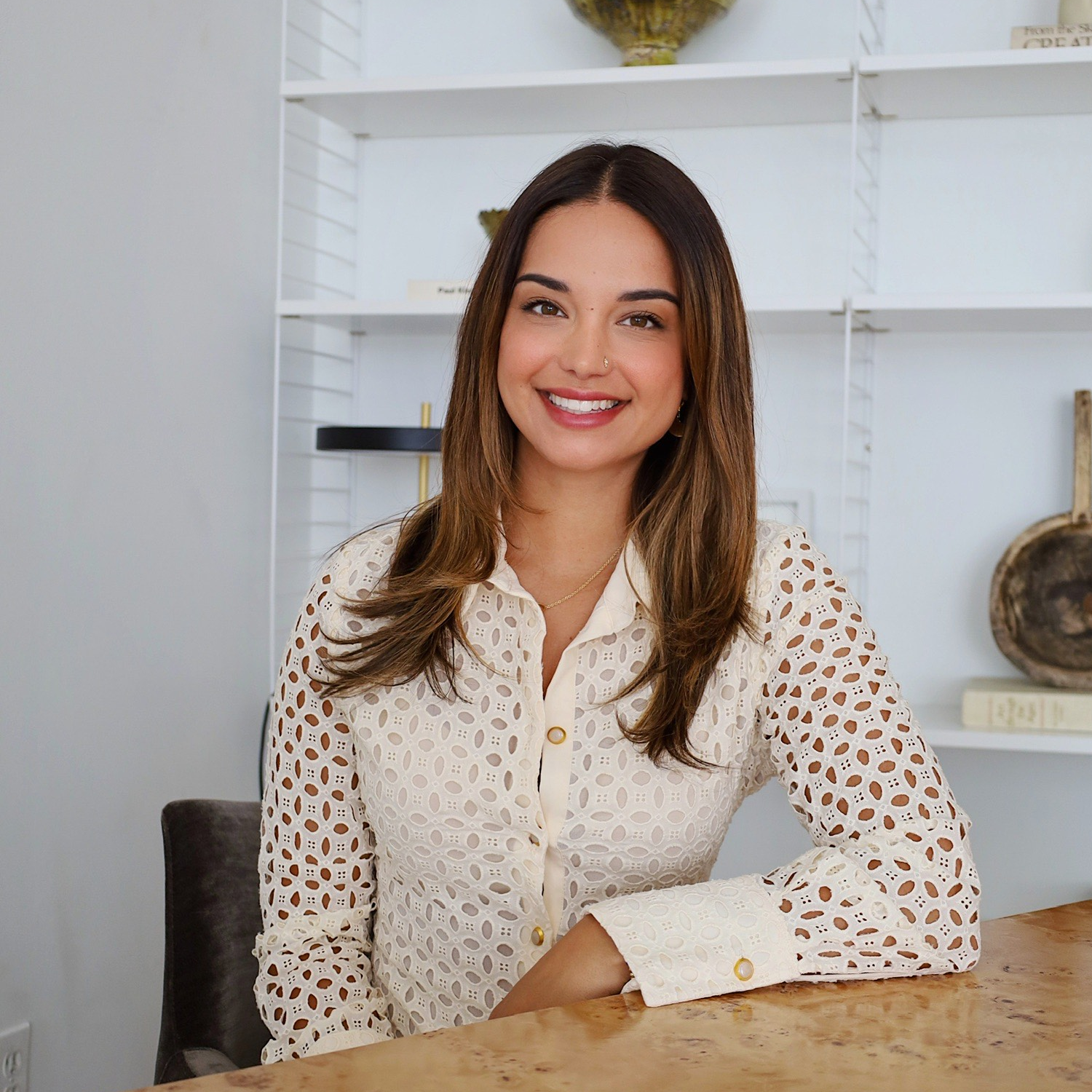
Toronto-based Sara Koonar started her own magazine, sold it to a U.S. company and became an editor-in-chief by the age of 26. While working in the editorial world, she saw the potential of influencers and using social media to promote brands and products. Koonar started her own influencer-management and content-creation company, Platform Media, when she was just 30 years old and has since worked with clients like H&M, Amazon and Sephora.
Growing up in Whitby, Ont. my two main interests were fashion and the internet. I watched the program Fashion Television, or FT, constantly, and host Jeanne Beker was my idol. Meanwhile, my family was really into computers. My oldest brother taught me coding in HTML, which became an engaging hobby as I built websites on GeoCities and created custom MySpace pages. I was always on the lookout for what’s new on the internet—that hasn’t changed.
My first career dream was to be a fashion journalist. I studied journalism at the University of Ottawa, and in my second year, was lucky enough to meet a FT producer at an after-party for the MuchMusic Video Awards (where a friend worked). I fan-girled, explaining to the producer I had watched the show my entire life. They mentioned they were holding internship interviews that week, so I sent in my résumé the next day, and ended up getting an internship. I jumped at the opportunity to work in Toronto and transferred to Centennial College in the city to finish my degree. I’m so glad I did, because the contacts and friends I made there set the stage for the rest of my career.
In 2009, I completed my diploma and started freelance writing. In my family, working for yourself is the norm. My father and brother are self-employed physiotherapists with more than a dozen clinics between them, and my oldest brother (the one who taught me code) runs his own web firm. I started out writing about fashion and beauty for publications like Hello! and Canadian Living, but the economy was spiralling down the drain and freelancing was not paying the bills.
Taking a cue from my entrepreneurial family, I founded a digital fashion magazine called Adorned in 2007 and started learning SEO and Google Ads. Twilight was just getting big, and I drove traffic to the website by writing articles about the red carpet fashion of the lead cast members. I also paid close attention to how Facebook and Pinterest worked as traffic-drivers.
I sold Adorned to a company in the United States in 2012, and thanks in part to my social media savvy, got hired as editor-in-chief at Toronto-based Maple Media for a variety of magazines under their umbrella, like 29 Secrets and Beauty Desk. I was 26, and most EICs at that point were at least 10 years older than me and focused on print.
“I spent my first few months convincing brands that it was worthwhile to pay influencers”
I stood out as the youngest person in the room at media events, but I was good at what I did—even though not everyone considered my digital-focused skill set valuable. At that time, many of my peers thought social media was just a fleeting thing driven by vanity, but I saw its potential in my industry. I got on Instagram in 2011 and started sharing my life as an editor. People responded to that: Putting a face to a name, and giving people an insider view on who was behind the content, drove readers to our magazines.
Meanwhile, fashion bloggers were starting to get big in the U.S., which caught my attention. I helped come up with relevant content ideas we could sell to advertisers, like a beauty panel for which we sent out mascara samples to bloggers and compiled their reviews in an article. The mascara sold fast, and suddenly I was busy hiring bloggers—people we would now call influencers.
I noticed these creators weren’t always fairly compensated. For example, one time, I found out that an influencer had signed away the rights to one of their videos to a brand in perpetuity—for a very low rate. I hated seeing that happen. I thought, “Someone should be thinking through these deals and advocating for influencers. Why not me?”
I started my influencer-marketing and content-creation company, Platform Media & Management, in 2016. But I needed to get at least six or seven influencers on the roster before I could quit my full-time job as EIC at Maple Media. Everyone I asked said yes. Their trust amped up my confidence.
The business works like this: We broker deals and manage partnerships between influencers and the brands that hire influencers to promote products to their audiences. If you’ve ever bought a product after scrolling through Instagram, it was probably the result of influencer marketing. When I started, even I didn’t know how big influencer marketing would get.
“Being able to pivot quickly has been a theme throughout my entire career”
I spent my first few months convincing brands that it was worthwhile to pay influencers. Within two years, I stopped having to convince anyone. We’ve added around 10 influencers to our roster every year and now, we have more than 60 in total. Starting out, I was fortunate enough to have pre-existing relationships with some leading brands, thanks to my time as an editor. As a result, some of our first clients were household names like Jergens and Procter & Gamble. These days, we run around 300 campaigns per month; recent clients include Amex and Indigo.
My generation has to be smart and agile. Most of us didn’t go to school during a time when there were courses specific to an industry’s digital transition. My journalism courses, for example, only introduced InDesign in my final year; the first years we were using rulers and paper to lay out a newspaper. We had to teach ourselves a lot of the skills that are now required in our industry. Being able to pivot quickly has been a theme throughout my entire career. With algorithms and platforms constantly changing, I work to stay ahead of the social media curve.
